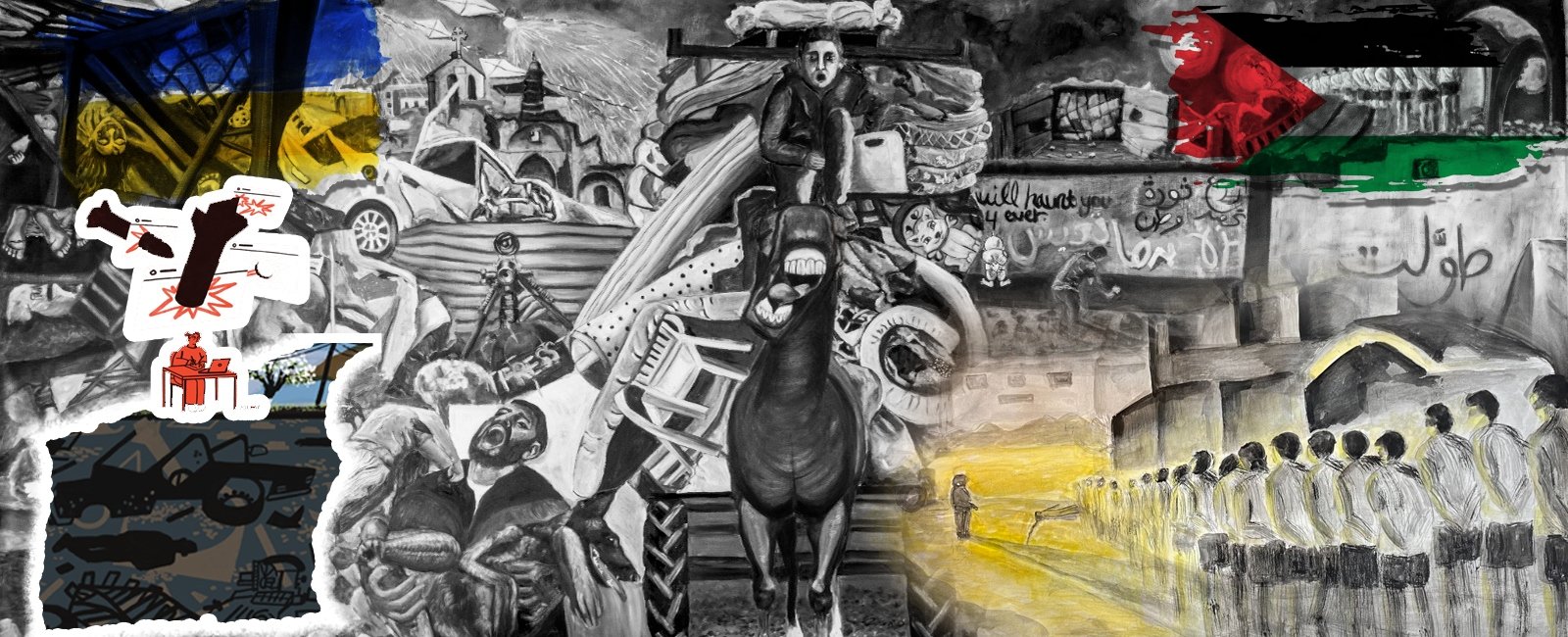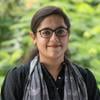Painting the pain of conflict to heal the grieving hearts

Words … numbers… seem to get lost under the barrage of information as doom scrolling continues — in most cases.
But where the scrolling does seem to stop is when the eyes spot an eclectic mix of colours, or monotones, thoughts, and expressions laid bare on a blank canvas or a wall or a digital screen by those witnessing the oppression, living through the conflicts or by those longing for home while being forced to be an onlooker as their home is being bombed.
Artists take the viewers into a realm that goes beyond the ordinary mode of communication — it arouses feelings, and perceptions, unites the viewers across boundaries, and carries a message that words and facts tend to miss otherwise.
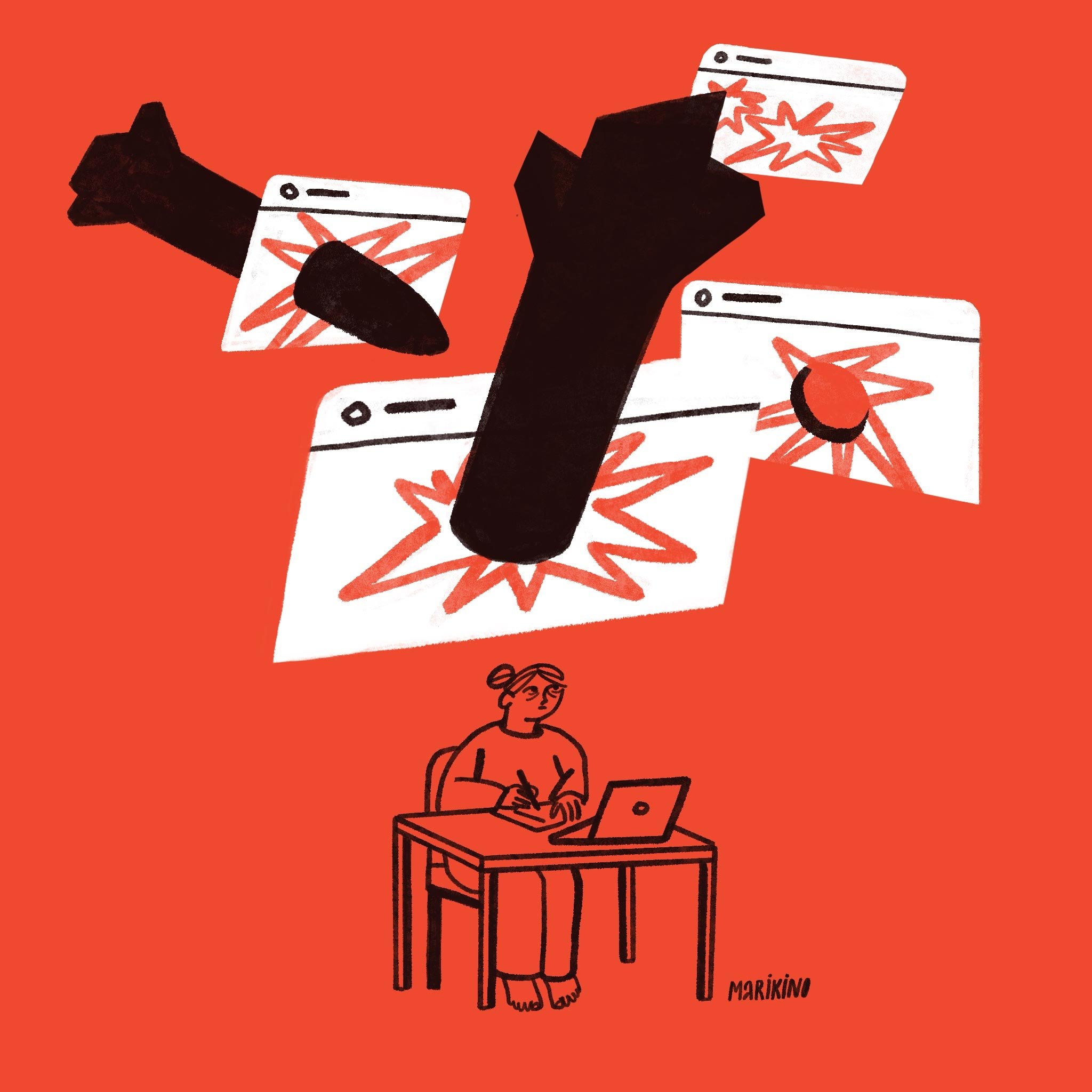
Historically, works of art have found a home in the hearts of those experiencing conflicts and helped the grieving heal. Pablo Picasso’s Guernica of 1937, ‘painted as an immediate reaction to the Nazi's devastating casual bombing practice on the Basque town of Guernica during the Spanish Civil War’ reminds one of the tragedies of war. Another example is Peter Paul Rubens’, The Consequences of War of 1638-1639, capturing the devastation of the Thirty Years’ War (1618-1648).
Throughout history, artistic power has questioned real power and those that control it. In the words of American historian, playwright, and WWII veteran, Howard Zinn, “Artists play a special role in social change… I came to think about the power of those in charge of society and the relative powerlessness of most other people, who become the victims of the decision-makers.
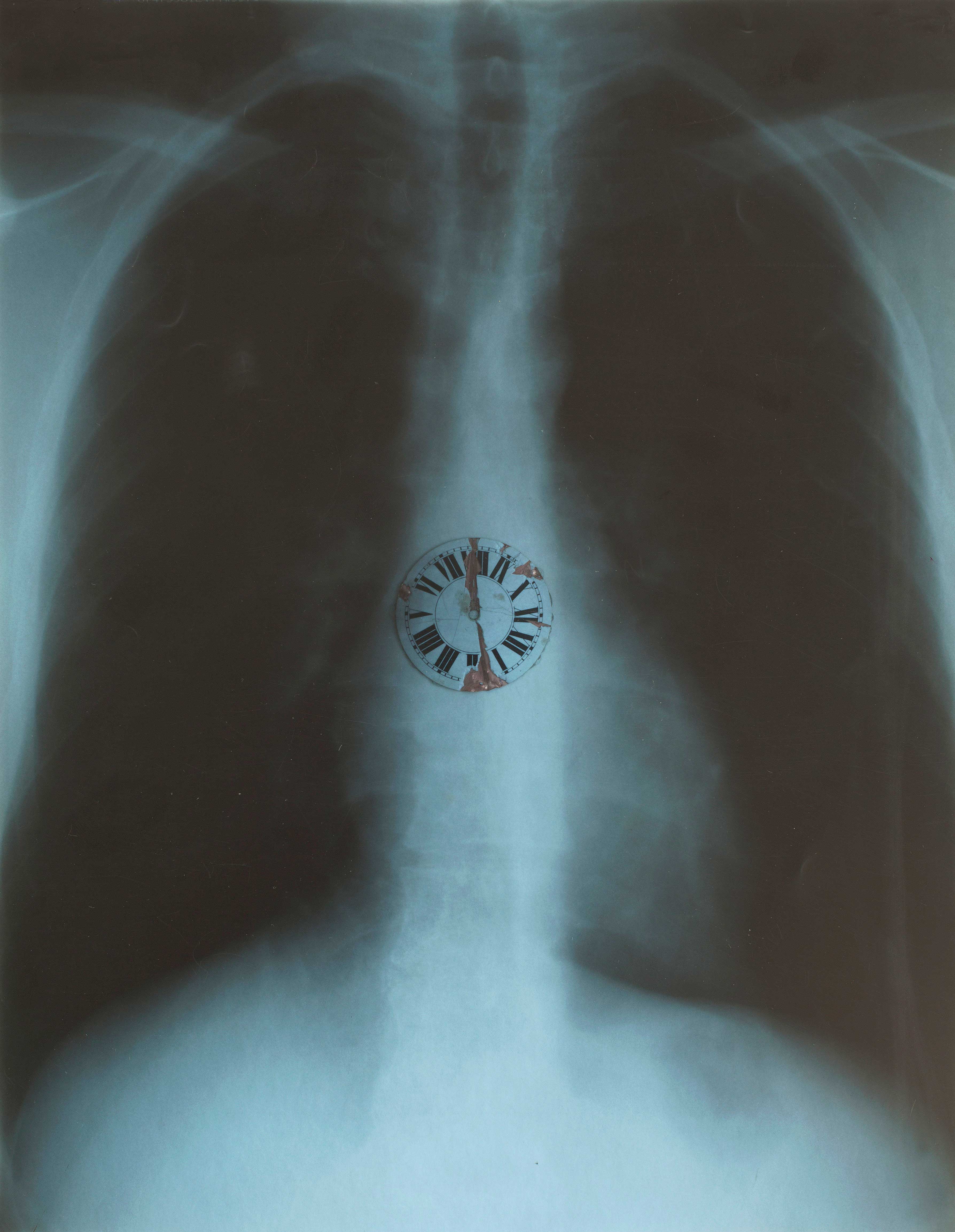
"I thought about what tools people might have to resist those who have a monopoly on political and military power. Art, I saw, gave them a special motivation that couldn’t be calculated. Social movements all through history have used art to enhance what they do, to inspire people, to give them a vision, to bring them together and make them feel that they are part of a vibrant movement.”
The future generations will look back on the history, the one being lived and experienced now, and the artworks that were made in this time to judge us on. For World Art Day, Geo.tv reached out to artists who are living through conflicts or witnessing it very closely as their loved ones stare death in the eye, and the role their work plays in healing them, and those around them through these traumatic experiences.
A grief-stricken Palestinian from France
For Hani Zurob, a contemporary artist who was born in the Rafah refugee camp, Gaza Strip in Palestine, and now lives in Paris, France "art is the cure for the soul so that it does not turn into a monster".
Having lived under Israeli occupation between Gaza and the West Bank for 30 years, Zurob’s work is inspired by stories he grew up with.
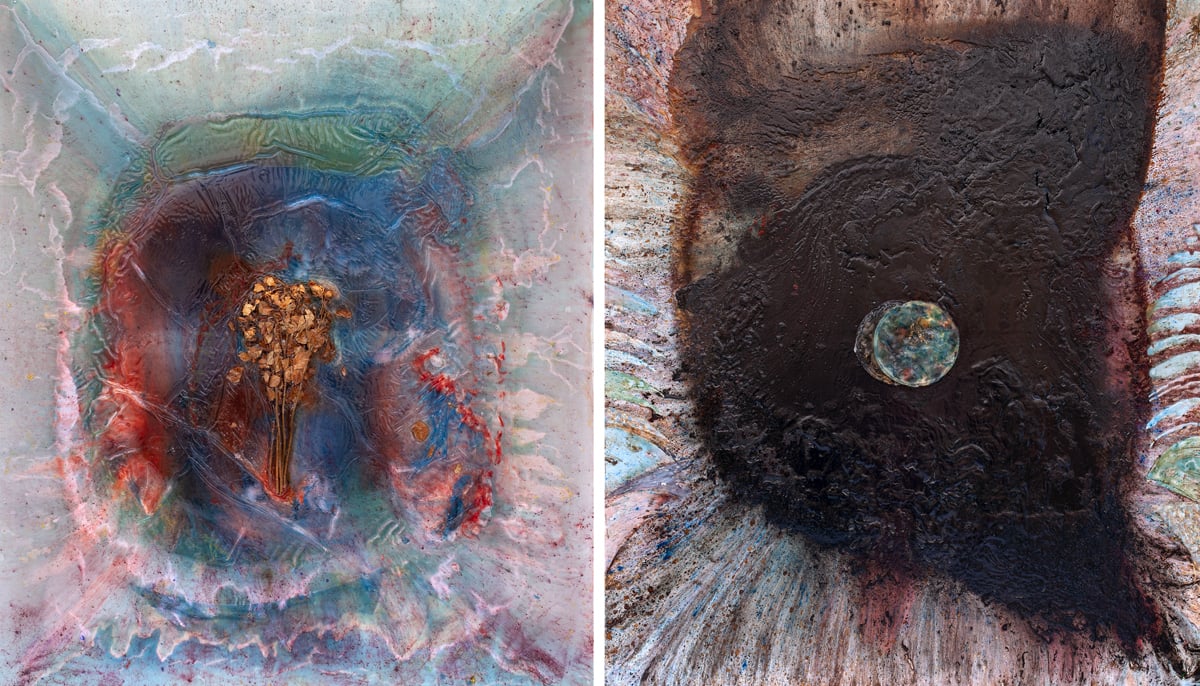
“My oeuvre conjures my memories and stories that shaped my life, and, which relate to the events in Palestine, the region, and other world issues with what they hold as complex political and cultural resonance. Within my topics or concepts, I search and research these memories and attempt to refine my understanding and sensibilities of the effects of deconstructing the relationship between the past and the present on myself, and as well as on others.”
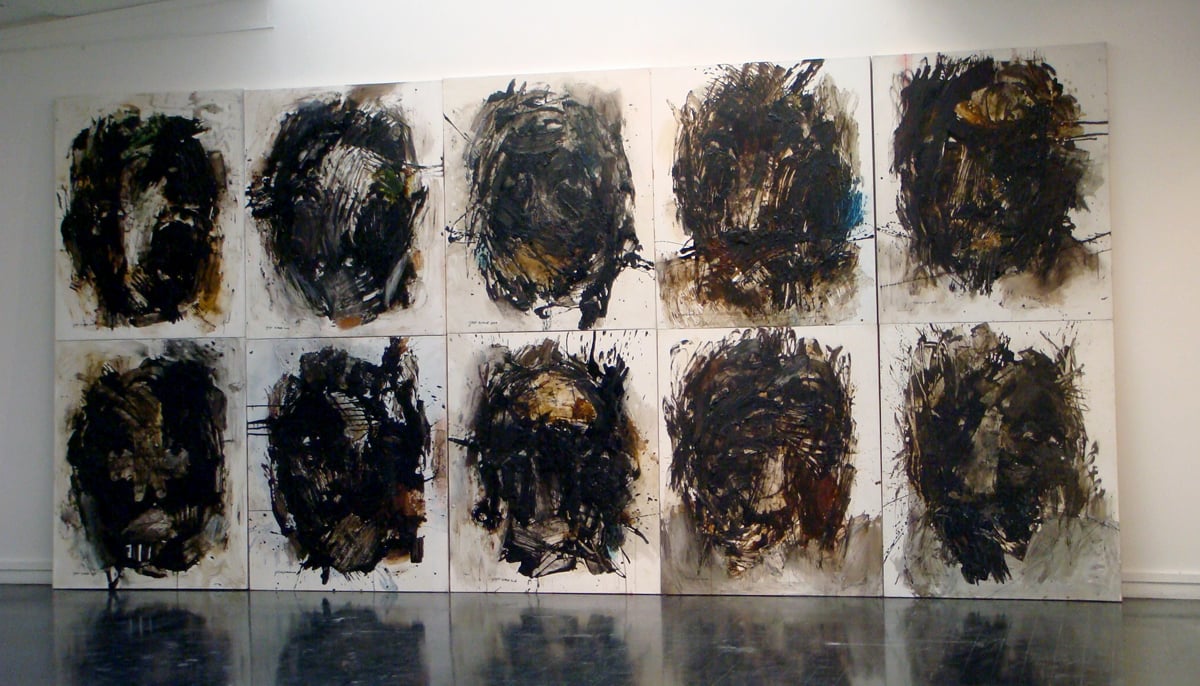
Zurob’s artworks focus on global concepts of identity, place, and memory with all their complex details that come with the states of suspension, delays, waiting, exile, movement and displacement, absence, and resistance.
“My continued goal is to create artworks that spell a universal language, transcending both borders and geography,” he shares.
Anger inspiring art from roads of Kyiv
Mari Kinovych, an illustrator from Kyiv, Ukraine processes her emotions through art.
“When you deal with a lot of unimaginable things you need a way to sort them out – and art is my calling and my job. If I could trade my creativity and all illustrations that I made for the war in Ukraine to stop — I would do it instantly,” she talks about the ongoing Russia-Ukraine war and how that has affected her creativity.
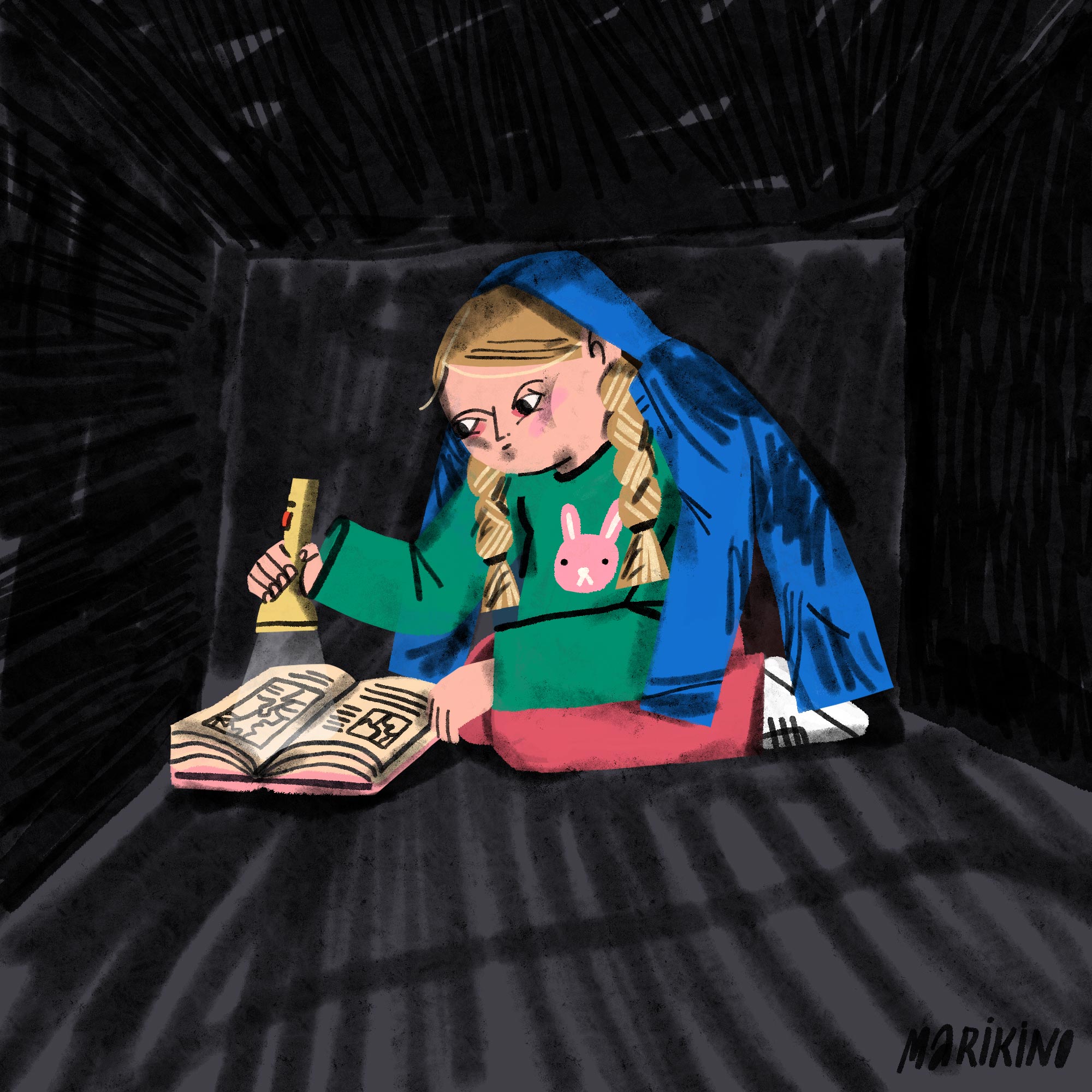
Has the war brought about more creativity in her? “From some perspective, it may seem that you are very creative and productive, more than before, but it doesn't feel like a reward or justification for your suffering.”
Art in wartime for Kinovych is “a way to remind people what other people are going through, appealing to a broader audience, and being less traumatising than photos and videos”.
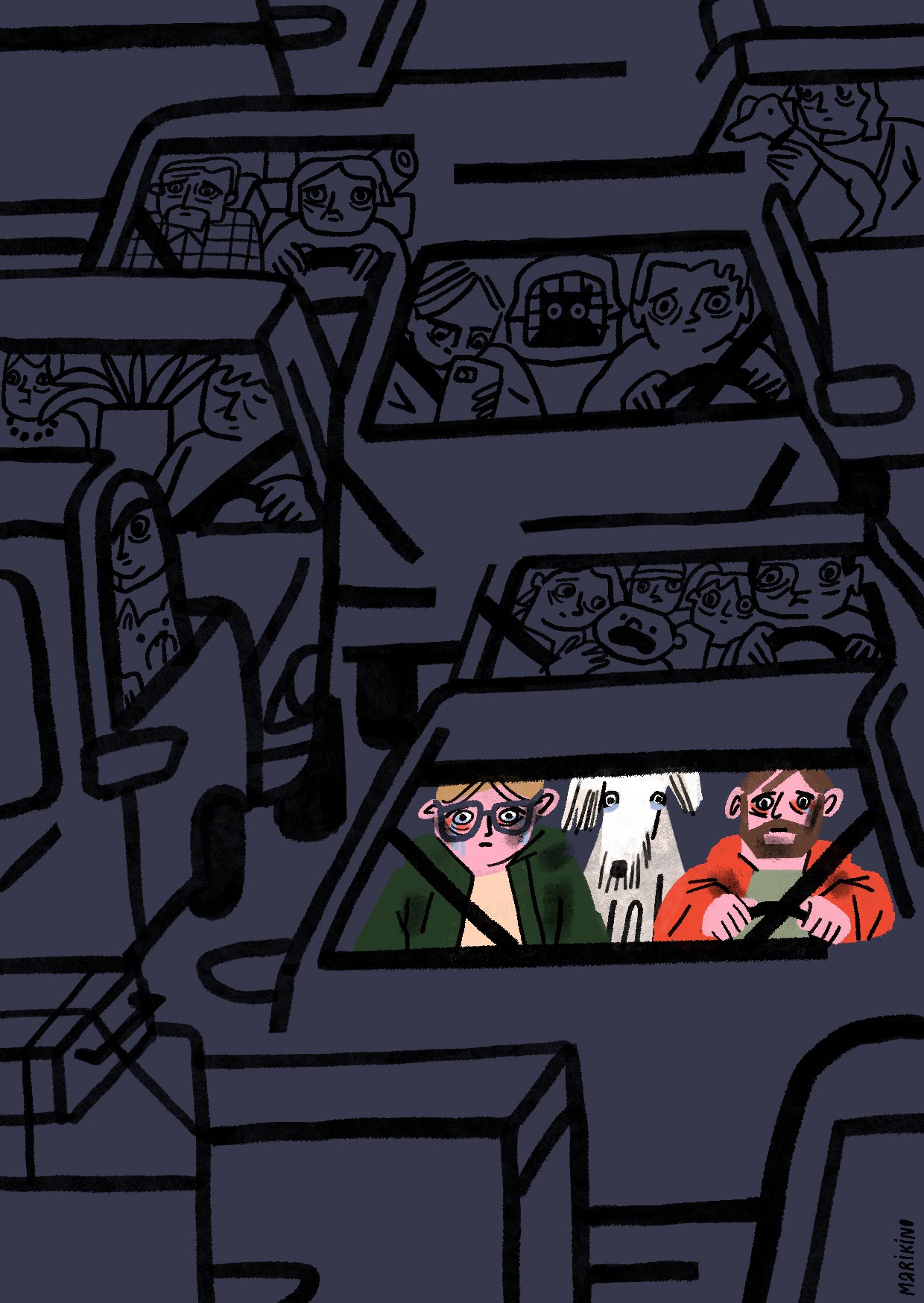
What keeps her inspired? “Anger, a lot of anger, and the fact that I'm still alive and can do something useful,” is what keeps this illustrator keep producing more art.
But art for Kinovych is not an emotional response in wartime.
“It is also an exploration of my heritage. Ukrainian culture has been oppressed by Russia for centuries and now I'm diving into Ukrainian visual culture and trying to reflect on it in my art.”
'No Words' from a Gazan in London
Malak Mattar, a Gazan, reached London just before the war began back home. Talking about the role that art plays in history, Mattar says, “The role of art during times of wars and genocide is mainly a documentation of history from personal, collective, political, and humanitarian perspectives”.
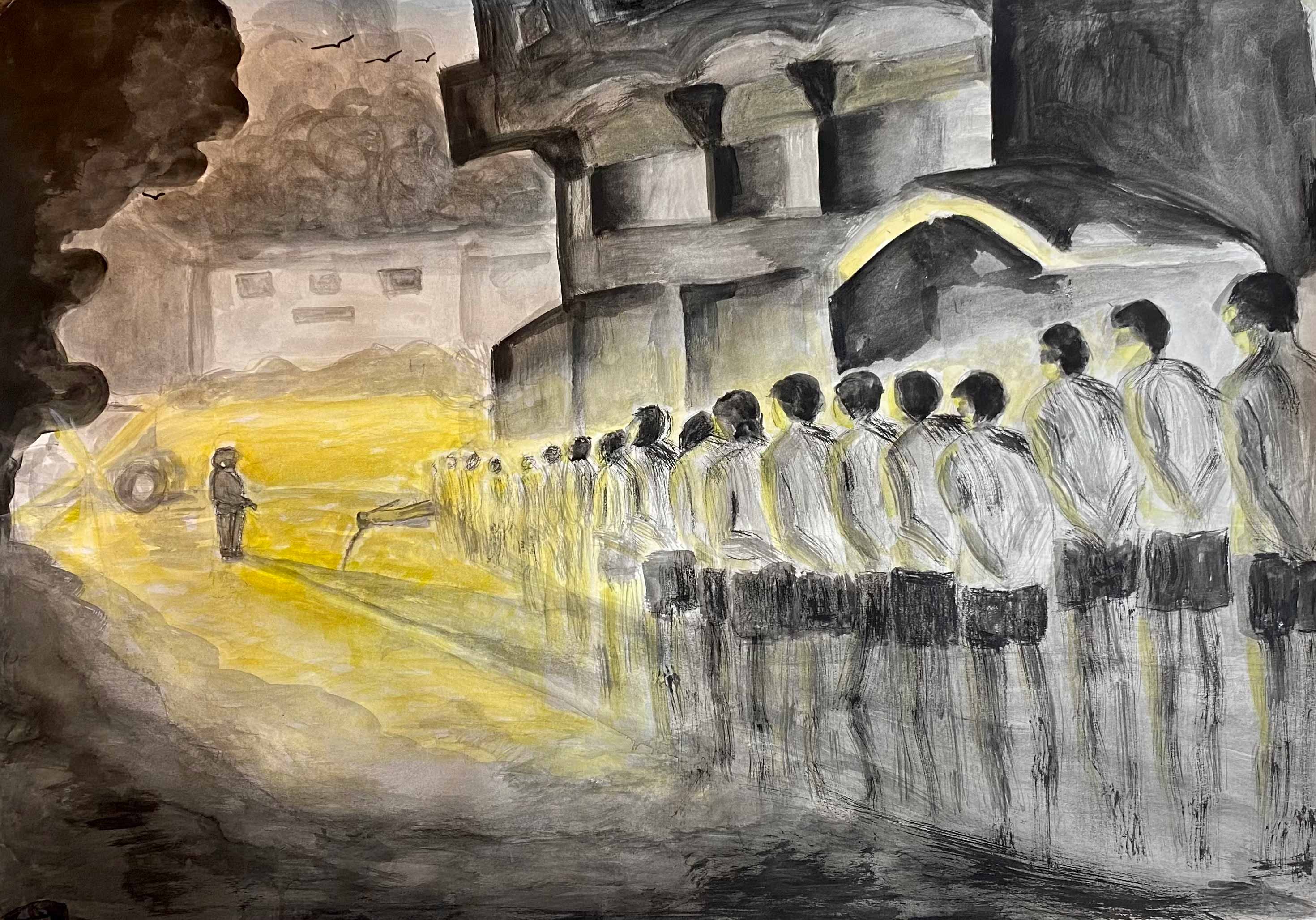
Painting canvases from a young age, Mattar watched the war closely in 2014 when her neighbourhood was flattened. Was art an inspiration for her?
"I’m more compelled than inspired to create a body of work that will always be a reminder of the atrocities of the occupation against my people," she said stressing the necessity of the arts which will be revisited by future generations.
"I learned about the Nakba of 1948 from Sliman Mansour’s (one of the most distinguished and renowned artists in Palestine) paintings; the future generation of Palestinians will learn about the genocide in Gaza from our artworks."
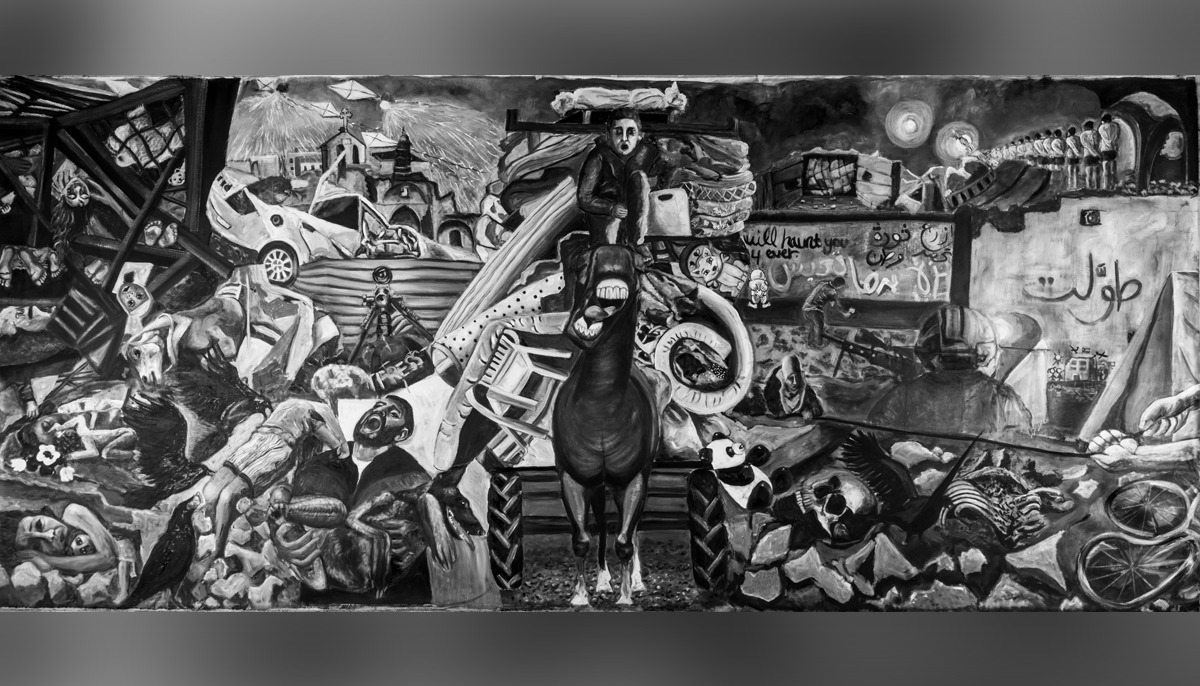
The 24-year-old, whose recent work, titled No Words, is being referred to by some as resembling Picasso’s Guernica, ‘weaves stories of human experiences from within the Gaza Strip since 7 October 2023.’
Mattar feels “art stands as a resistance against the occupation especially when artists, writers, and journalists get targeted and killed". "Our stories as witnesses are weapons,” she said.
Is arts a key to human well-being in times of conflict?
Creativity as a way of sustaining ourselves in this world is what Angé Weinrabe, Founder of Giving Education Meaning Ltd wants to remind the readers. Weinrabe has worked with young adults who were labelled as disenfranchised and “difficult” by the mainstream systems for over 20 years, providing them with informed emotional and decision support.
"Through my role, I expose the youth to the benefits of art, and artmaking: its capacity to communicate the ineffable, to expose what cannot in some place be said out loud (or written), and its transcendental ability to enable ourselves and others to regulate our emotional states (leading to health and wellbeing)," says the author of Changing Scripts, her upcoming book.
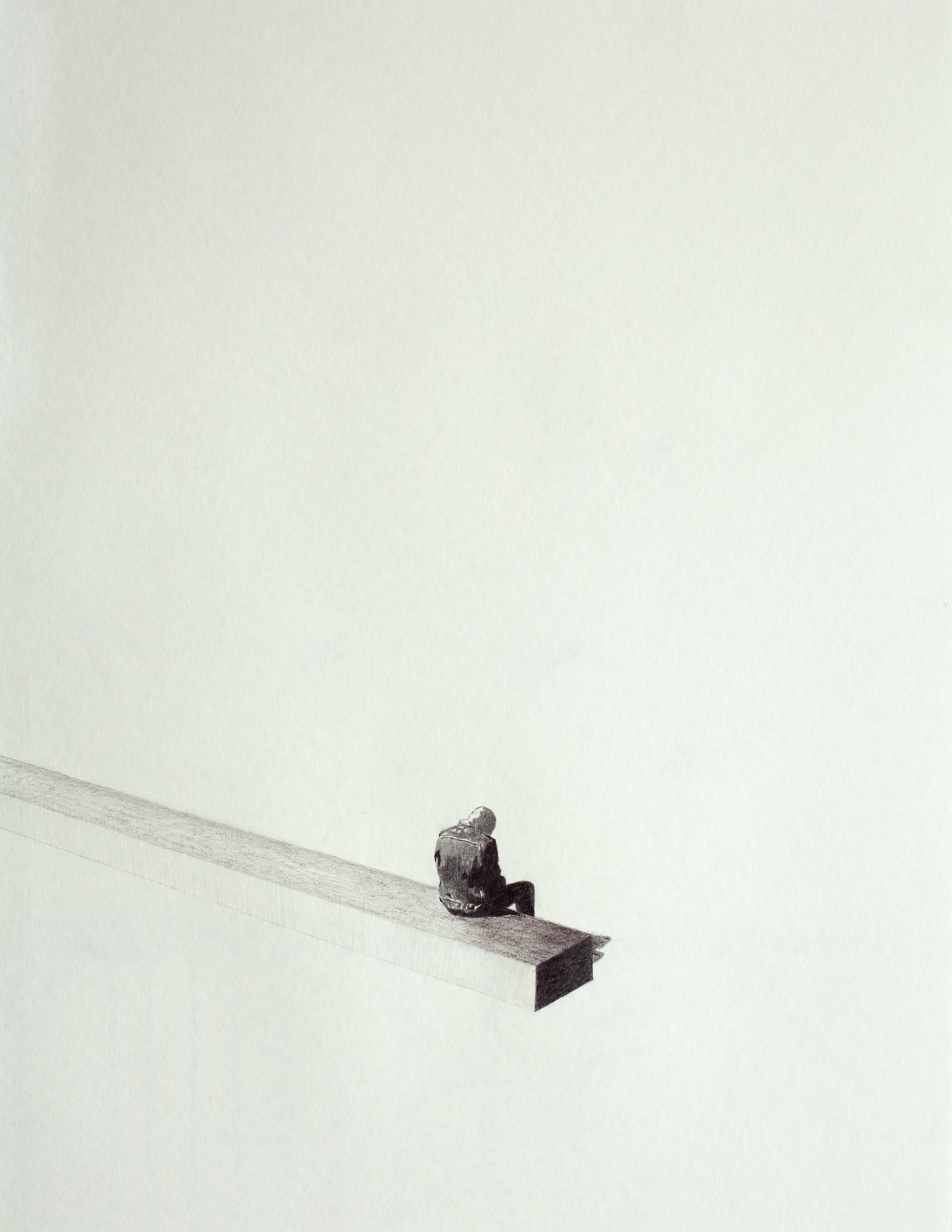
When asked if she feels more people are connecting with the arts as a consequence of ongoing conflicts, she said: “I would say that during any kind of conflict, internal or external (and both), art is a haven to escape to for many".
"In my forthcoming book Changing Scripts, I discuss Culture-As-Interaction (CAI), and its ability to influence consciousness in people suffering, because CAI acts as the bridge between pharmacological and cognitive interventions when it comes to emotional regulation. It is this major challenge that we as humans face – our ability to self-regulate powerful emotions, that often leads to an unhinged way of being,” shares Weinrabe.
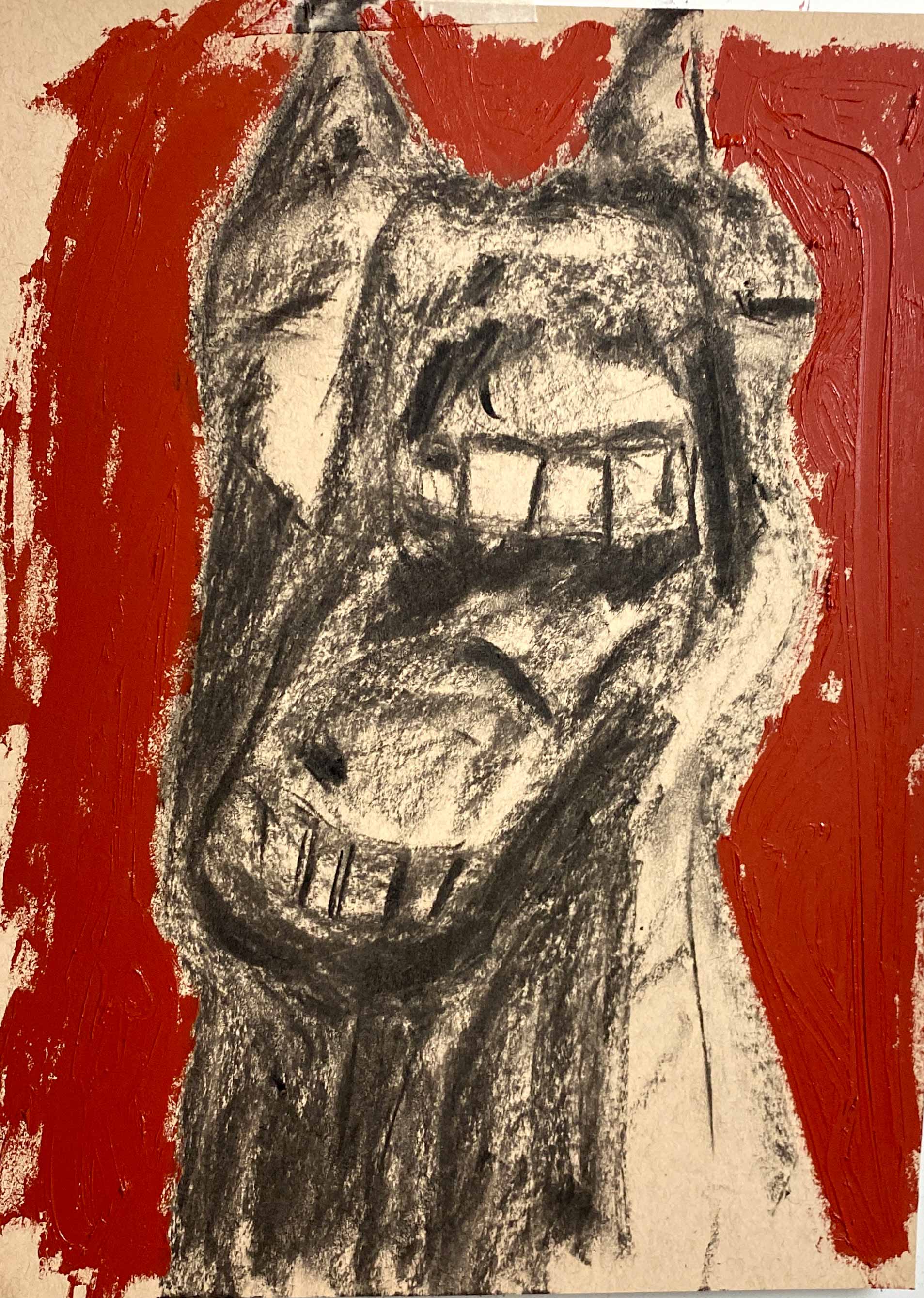
Emphasising humans as ‘feeling beings’, Weinrabe, mentions: “Think of how often we are angry at the world, but not sure 'who' or 'what' exactly at? In this tormented state, we move about our day and wonder why people shy away from us. We are feeling beings, and others can sense our anger, even if at times we cannot. CAI, or multiple variations of artmaking gives our emotions meaning and enables us to slowly generate some level of awareness, of these mental and affective states. And it is here that art plays a key role.
"For those who don’t engage in CAI, but engage in the artworks of others, they can — at some level — access these affective states — ones that lead to 'some' maybe not all affective connections. This in turn helps, using my earlier example, work out 'who' or 'what' is making us so angry. This anger is now in a place where it is felt. It is continuously pushing away their affective states, which lead to generations of habitual emotional dysregulation, leading to all other kinds of problems — mainly as per the health literature, to non-communicable diseases.
"But in the worst cases — to constant fighting amongst family members, communities, and then countries. Cultural manifestations, i.e. art — will save and heal the world if we can keep it going. Artists can help raise awareness for the collective to heal.”
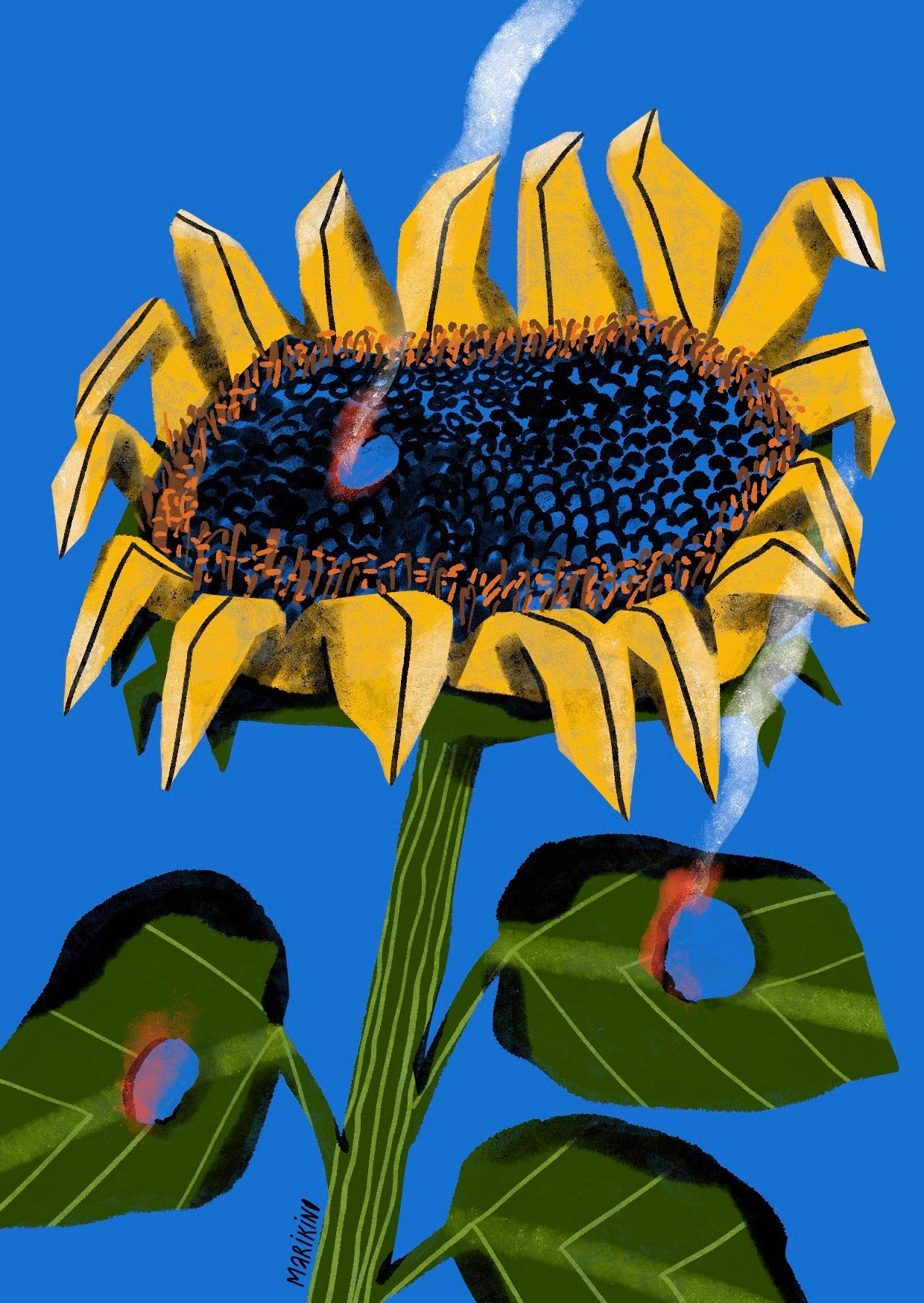
World Art Day, celebrated on April 15, also the birth of the Italian master and Renaissance genius, Leonardo Da Vinci reminds us of the power of art to unite us.
Kinovych, the Kyiv-based illustrator, doesn’t think art can stop a tank or an actual missile, but art allows one to speak on the level of emotions, and not facts. And maybe empathy could be a key to stop conflicts.
Zurob, while he worries for his family back in Gaza, says: “During times of pain, I do not make any effort or intention… I write notes, and quotes, collect pictures and videos, experience sadness to the extent my soul requires and when the pain subsides a little, I enter through art into my eyes and soul without any escape, because I believe in Russian novelist Fyodor Dostoevsky’s saying “There is only one thing that I dread: not to be worthy of my sufferings.”
Mariam Khan is a freelance journalist and a UN volunteer. She posts on X @mariaamkahn



